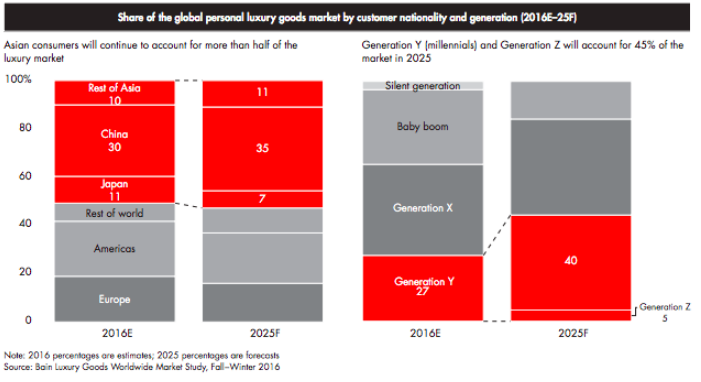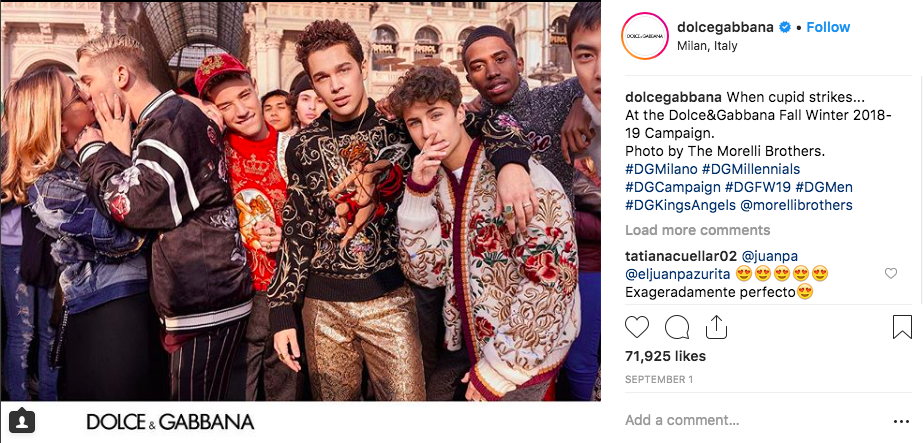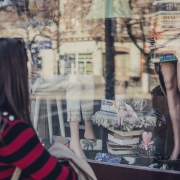The New Digital Consumer and the Evolution of Luxury Retail
The luxury retail industry has been in constant change over the past decade, in part, thanks to social media and the digital world. This industry is turning into a whole new sector, that combines both traditional retail with the latest innovations, creating a unique and rich experience for the consumers. The new digital consumer has changed the way he socializes, communicates and consumes, this is precisely why many luxury retailers have started to opt for omnichannel strategies that connect with their customers both inside and outside the stores.
How is it that the industry leaders are taking advantage of this and what can we learn from them to devise our own strategies?
Understanding your consumers
To start crafting any marketing strategy we always have to start with one of the most important elements, and that is the consumer. Today, consumers are informed, social and digital, and this means that brands have to adapt to stay on top of the game.
The luxury goods market is facing great changes in consumer habits, while the generation of baby boomers prefers to invest in material goods, new generations, such as millennials or generation Z, seek shopping experiences where the product It is not necessarily the most important thing.
A recent study by Bain & Co indicates that by 2025, millennials and generation Z will represent more than 40% of the luxury goods industry.

Unlike the others, the new generations are much more connected and seek to interact with brands on different channels. While digital and e-commerce play a big role here, that doesn’t mean that we have to shift all our focus online, physical stores as just as important, as consumers look for the whole shopping experience, they are moving between online and offline constantly, and retailers should aim to provide a seamless shopping experience.
Focusing on Experiences
Luxury is no longer just about the product, now it relies on integrating experiences as part of the purchasing process. Hospitality, gastronomy, and tourism are some of the industries that specialize in providing experiences to consumers, but more recently, luxury retail has begun to adapt to these trends and to a large extent, thanks to new technologies and the digital world.
The synergy between the offline and online worlds is changing the retail environment, today’s consumer is always connected and looking for an integrated shopping experience, which allows them to interact with the brands in multiple channels and at the same time.
Although the growth of e-commerce is undeniable, impulse purchases, the desire to see and touch something is still an important factor in most of the purchases of the retail sector. This is where the integration of the digital and in-store experience plays an important role and many brands are already adapting to these new trends.
One of the pioneers, is the British fashion brand, Burberry. Thanks to data collected through loyalty programs, the company obtains information on the purchasing habits and preferences of its consumers, that when they arrive at the stores, the sales consultants use tablets to give them personal recommendations based on their purchasing history. and activity in social media. Taking advantage of this to create a better shopping experience.
The power of Social Media
Much of the marketing strategies of luxury lies in storytelling, it’s not only about selling a product, but selling a lifestyle. A great number of brands have a long history of tradition and status and feared that participating in social media could make them lose their image of exclusivity. But this is already changing, as many of the most famous luxury brands like Louis Vuitton, Gucci or Chanel, to name a few, are taking advantage of the power of social media.
Much of the retail sector sales are influenced by digital channels. New consumers investigate and are always connected. It is not just the information we receive from brands anymore, but also the opinions and experiences of other users. Opinion leaders or influencers have become the new digital word of mouth and an extremely influential factor in the decision-making process.

Recently, the Italian fashion firm Dolce & Gabbana is betting on the millennials. Not only with the unique style of their clothes, but including celebrities from social networks, singers, footballers and youth icons as part of their parades and online brand image.
Thanks to the combination of its online activity, events and new products focused on the new generations, D & G has been able to generate not only improvements in its sales but more personal relationships with its new audience.
The future of Luxury
So what does all this mean for brands and retailers? To be ahead of the change, companies must adapt, and the implementation of an omnichannel strategy is not an easy task.
Part of the success of retailers will also fall on how they can take advantage of new technologies to learn more about their audiences. Connectivity, e-commerce, and social media are now very influential factors in the customer’s buyers journey, and it’s now a big challenge for brands to integrate them in a way that allows them to engage with their audience and offer them a much more personalized and unique shopping experience.
What other strategies would you consider implementing? Are you already using an omnichannel approach in your business? Tell me about your experience!

 Shutterstock
Shutterstock





 Photo by Tirachard Kumtanom from Pexels
Photo by Tirachard Kumtanom from Pexels Photo by Gyorgy Bakos on Unsplash
Photo by Gyorgy Bakos on Unsplash

Leave a Reply
Want to join the discussion?Feel free to contribute!